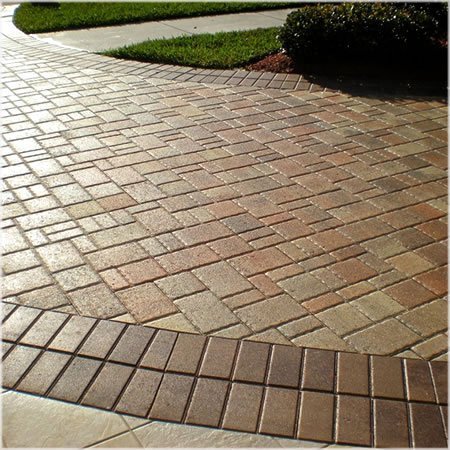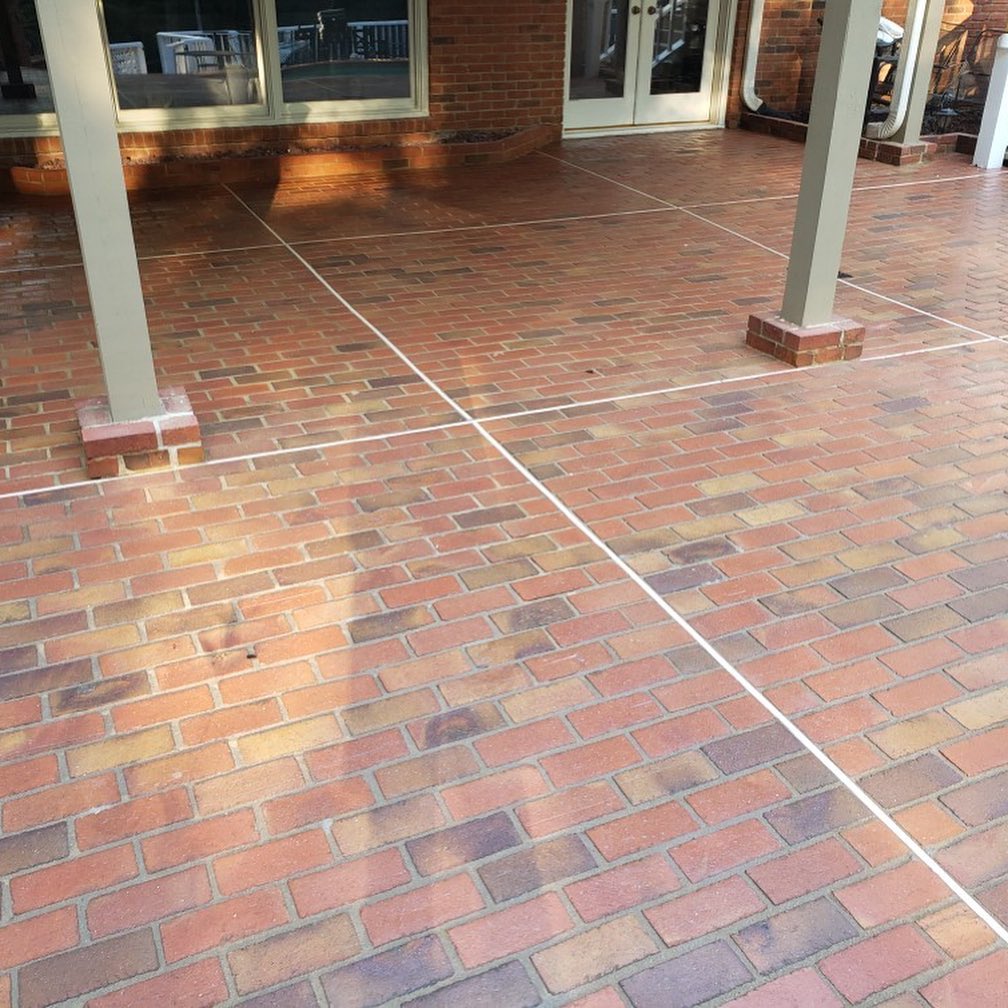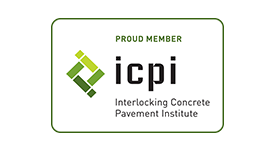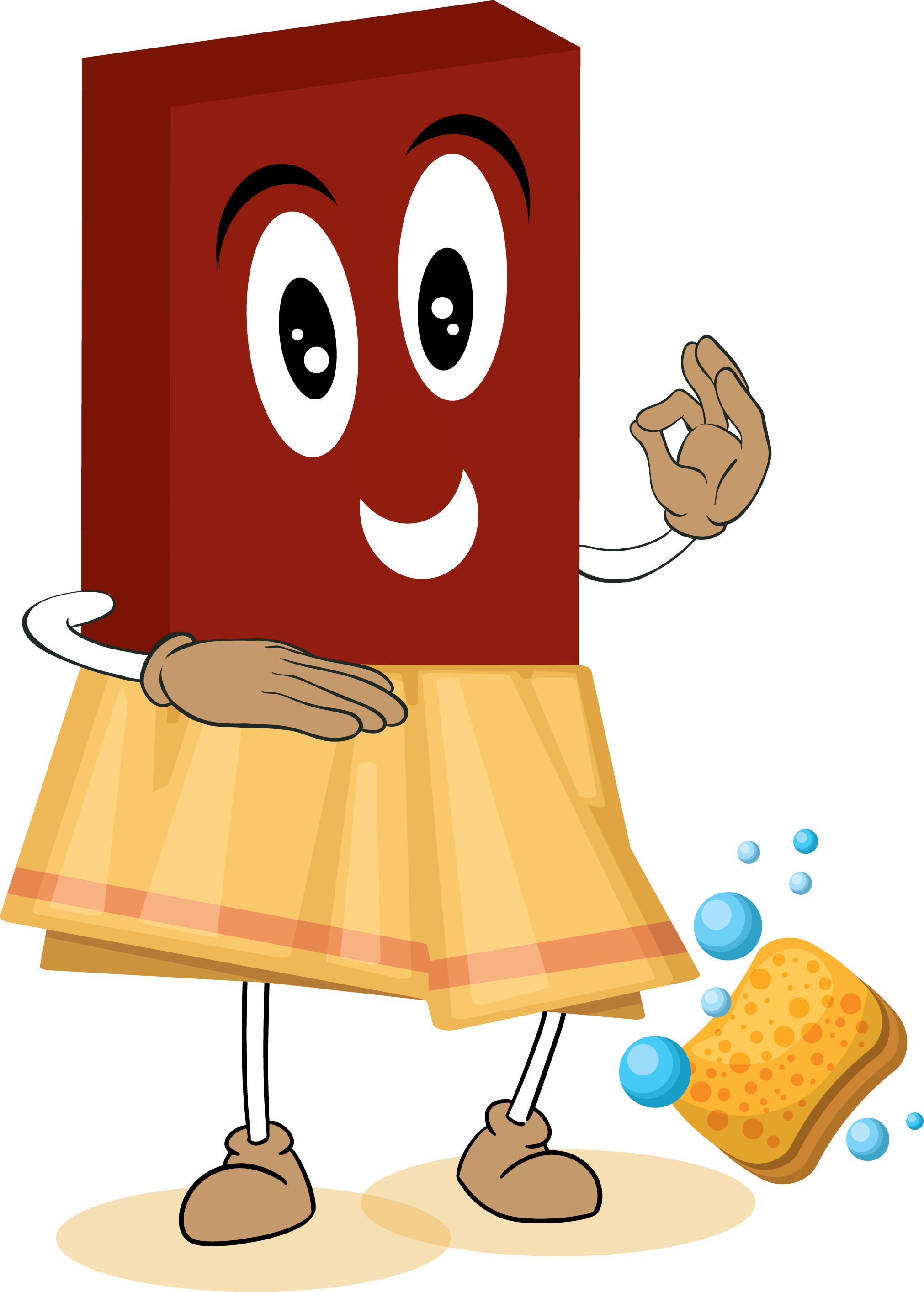Understanding Sealers
Helps protect the surface. Sealer makes spills not fully penetrate into the surface. This does not mean that surfaces cannot get discolored from leaves, oil, food & drink, etc. Sealer makes it easier to clean these stains.
Helps slow down fading from the sun.
Helps somewhat in locking in sand joints.
Helps with color enhancement. Enhancement sealers make the surface color pop again. Clear-coat sealers do not have any impact on color of the surface.
Some sealers have algae and mold inhibitors to help slow down this growth. It cannot totally prevent mold and algae (you cannot beat Mother Nature.)
Sealers, if using a quality water-based sealer, do not make surfaces slippery. If slipperiness is still a concern, a non-slip additive can be added in. If any sealer gets into your pool or falls on grass, do not worry. It is extremely low VOC (volatile organic compound) and will not harm the pool or any vegetation.
Color enhancement sealers can turn milky looking after installation after the first few rainfalls. This is just excess sealer that needs to burn off. Generally the sunshine will correct this.
Sealing does not last forever. On average sealers need to be reapplied every three years. The amount of direct sunlight the surface receives is the biggest determinant of the sealer's longevity.
Sealers greatly improve the look of your surface, however that does not mean they will look brand new. Sealing helps old pavers come to life and protect for the future. The biggest part to how a surface will look when completed is how porous the surface itself is. The finished look of the surface is most determined by its porosity. Surfaces that are either porous, extra dry, or aged will tend to show less color and sheen. This is why we offer a range on the expected outcome on sealer selections.
For Firerock pavers, travertine, and limestone we highly suggest using clear-coat sealers to protect. We do not endorse using color enhancement sealers on these surfaces.
For flagstone surfaces, we suggest either a clear-coat sealer or a color enhancement eggshell finish sealer be used.
For pavers, any finish, clear-coat, eggshell, and semi-gloss are all appropriate.

Pavers Clear-coat Finish

Pavers Eggshell Finish

Pavers Eggshell Finish

Pavers Semi-gloss Finish

Flagstone Clear-coat Finish

Flagstone Eggshell Finish

Limestone Clear-coat Finish

Clay Brick Clear-coat Finish

Bluestone Clear-coat Finish

Travertine Eggshell Finish

Travertine Clear-coat Finish

Stacked Stone Wall Clear-coat Finish

Block Retaining Wall Clear-coat Finish
About Polymeric Sand
Polymeric sand is designed to harden in the joints of pavers, travertine and other hardscape surfaces and help interlock them.
There is basic polymeric sand or wide joint polymeric sand. We only use wide joint regardless of the joint width. This has four times the number of polymers vs. basic polymeric sand which helps lock up the sand firmer and stay in place.
It is designed to help mitigate weed growth and ants eating through. While it is very effective, the manufacturers do not guarantee this.
For sand to stay in the joints there must be proper edge restraint on the outside edges.
The base below must be solid and level. If not, the sand will slide through and not properly fill the joint.
Like any sand, areas exposed to heavy water (bottom of gutters for example) are more prone for sand loss.
Driveway surfaces: You can expect over time the sand will develop crusty flaking on the top. This is due to the weight of vehicles and the friction of the wheels and turning. Due to this we cannot warranty driveway sand.

Grey Polymeric Sand

Tan Polymeric San

Ivory Polymeric Sand
Understanding Cleaning
Option 1: Surface Cleaning using our 8GPM hot pressure washer and surface cleaner, this allows for cleaning of the surface. This includes the potential different chemicals needed to deal with stains, efflorescence, etc. Please expect that some of the sand from the joints will come out and get into the up-close grass and vegetation.
Option 2: Sand Removal This will be presented to you as an option if we feel surface cleaning alone will not make the sand joints clean. This is an additional step in which we take a Zero Tip and literally remove the sand from joints as needed. This option helps ensure joints are clean, however it does require more labor time and will add a bit more to the price. If needed, we want to present this option for you to decide upon. Customer should expect that the sand from the joints will get into the grass and vegetation up to 15 feet away due to the force of the water and pressure. You can expect to need to add additional ground covering, such as mulch or straw, to help cover the area. The sand will eventually dissipate from normal rainfall.
Efflorescence (white milky salt) is a natural phenomenon that occurs in concrete pavers, clay pavers, various forms of stone, travertine and other materials. It can happen anytime during the life of the material. Paver Clean and Seal of Georgia will make every effort to remove this but cannot guarantee complete removal nor can we promise it that it will not reoccur in the future. Efflorescence is treated using a particular chemical. While not typical, it is possible the chemical can mute the color of the surface. If this occurs, a color enhancing sealer can help bring the muted color back to life.
While a majority of stains can be removed there are times that we can only lighten the stain. This will depend on what caused the stain how long it has been on the surface, and the porosity of the surface.
Depending on the type of sealer applied by priorly used companies, it is possible that your surface will need to be stripped in order to properly clean. If that is the case we will explain in full to you the costs involved.
Sprinkler systems and hoses should not be used 24 hours prior to or after our services. High pressure water is used while cleaning and any grass and vegetation surrounding the area may be cleaned is likely to be saturated.
Pool cleaning systems must be shut off prior to service to ensure they do not spray water onto the work area. When the pool deck is cleaned, you can expect some sand to get into the pool. If the job quote calls for a "blowout" of the sand, you can expect a decent amount to get in the pool (see the video next to this verbiage and note the amount of water and sand that is released from the joint sand removal method.) We make every effort to keep as much sand out as possible, but it is impossible to prevent it. This is generally corrected by running pool cleaners and can be done 24 hours after sealing is completed.
We recommend you have a professional pool cleaning company to clean any heavy sand out. You should expect that they will need to clean the filters afterwards and flush the pump. Pool technicians who do not have much experience cleaning heavy amounts of sand tend to get overly concerned. Please relax, in 13 years and over 2,000 pool decks we have never ruined a pool or pol equipment.
Flagstone, bluestone, and other types of stone, while not the norm, can be prone to chipping due to the soft nature of these materials.
Joint Sand Removal
Surface Cleaner
How We Work
We intentionally use a two day process for cleaning and sealing. This is so we have the ability to use the proper sands and sealers as well as having a checks and balances on our workmanship.
Please know that estimates are done as accurately as we can, however if more supplies are needed to complete the job the customer is responsible for the material cost. If the customer cancels the project, any supplies purchased for this job will be charged a 25% restocking fee.
No other work is implied other than what is listed in the estimate. ex. repairs
If we arrive as agreed upon schedule and the team is turned away or cannot work, a trip fee will be charged.
Customer is responsible for moving any furniture away from the work area. Insurance regulations do not allow us to move your items.
Meet Percy The Paver! He will get your pavers and other hardscapes cleaned, sealed & beautified in no time!
We're Certified By The Following Companies:




